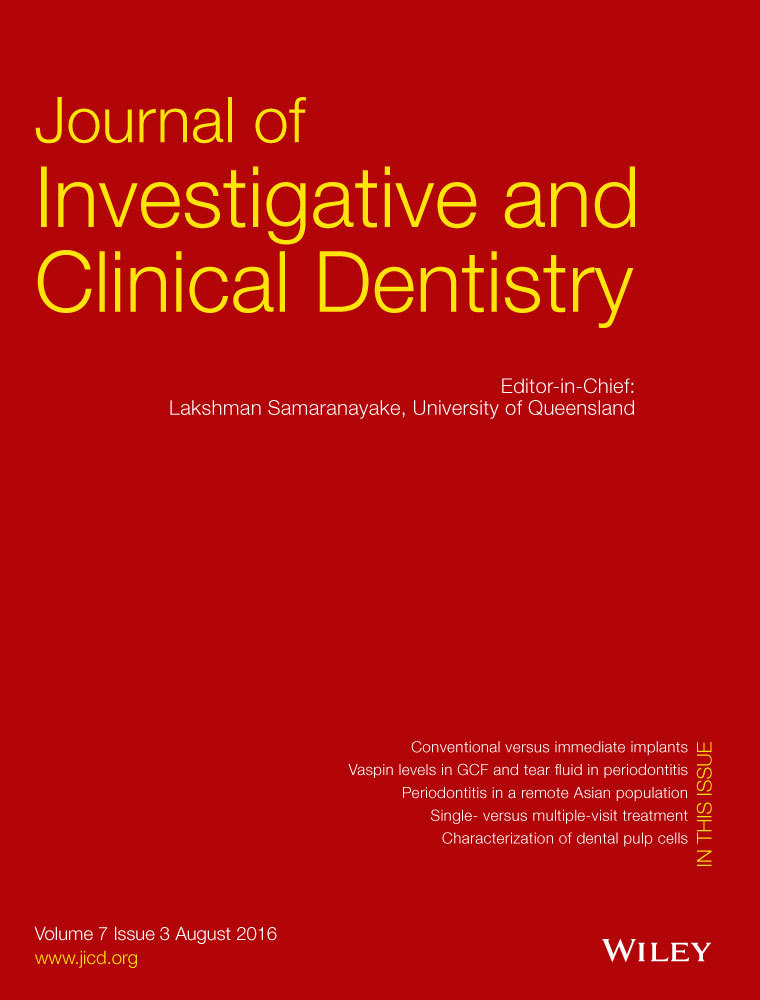Perceptions of single-visit and multiple-visit endodontic treatment: a survey of endodontic specialists and general dentists in Hong Kong
Abstract
Aim
To study the preference of practice for single- and multiple-visit endodontic treatment by Hong Kong endodontists and general dental practitioners (GDPs), and to investigate their reasons for choosing single- or multiple-visit treatment in their practice.
Method
An anonymous questionnaire was mailed to all 16 registered endodontists and 800 randomly selected GDPs in Hong Kong to explore their preference and reasons for selecting single- or multiple-visit endodontic treatment for their patients. Information on the use of magnifying loupes, microscopes and the number of years they have been in dental practice was also collected.
Results
Eight endodontists and 429 GDPs returned their questionnaires and the response rate was 50% and 53.6% respectively. Among the GDPs, 404 (94.2%) undertook endodontic treatment in their practices. For those performing endodontic treatment, the mean number of years of practice was 23.6 ± 4.8 for endodontists and 15.3 ± 9.1 for GDPs. Seven endodontists (87.5%) used a surgical microscope. For GDPs, only 25 (6.2%) used a surgical microscope and 123 (30.4%) used magnifying loupes during endodontic treatment. Seven endodontists (87.5%) and 375 GDPs (92.8%) predominantly performed multiple-visit treatment. The commonest reasons for choosing multiple-visit treatment for both endodontists and GDPs were the positive effects of interappointment medications (n = 3, 37.5%) and that the tooth to be treated had doubtful prognosis (n = 103, 25.5%). The commonest reason for choosing single-visit treatment for both endodontists and general dentists was that treatment could be completed in one visit (n = 4, 50%) and (n = 127, 31.4%).
Conclusion
Most Hong Kong endodontists and GDPs preferred offering multiple-visit endodontic treatment.




